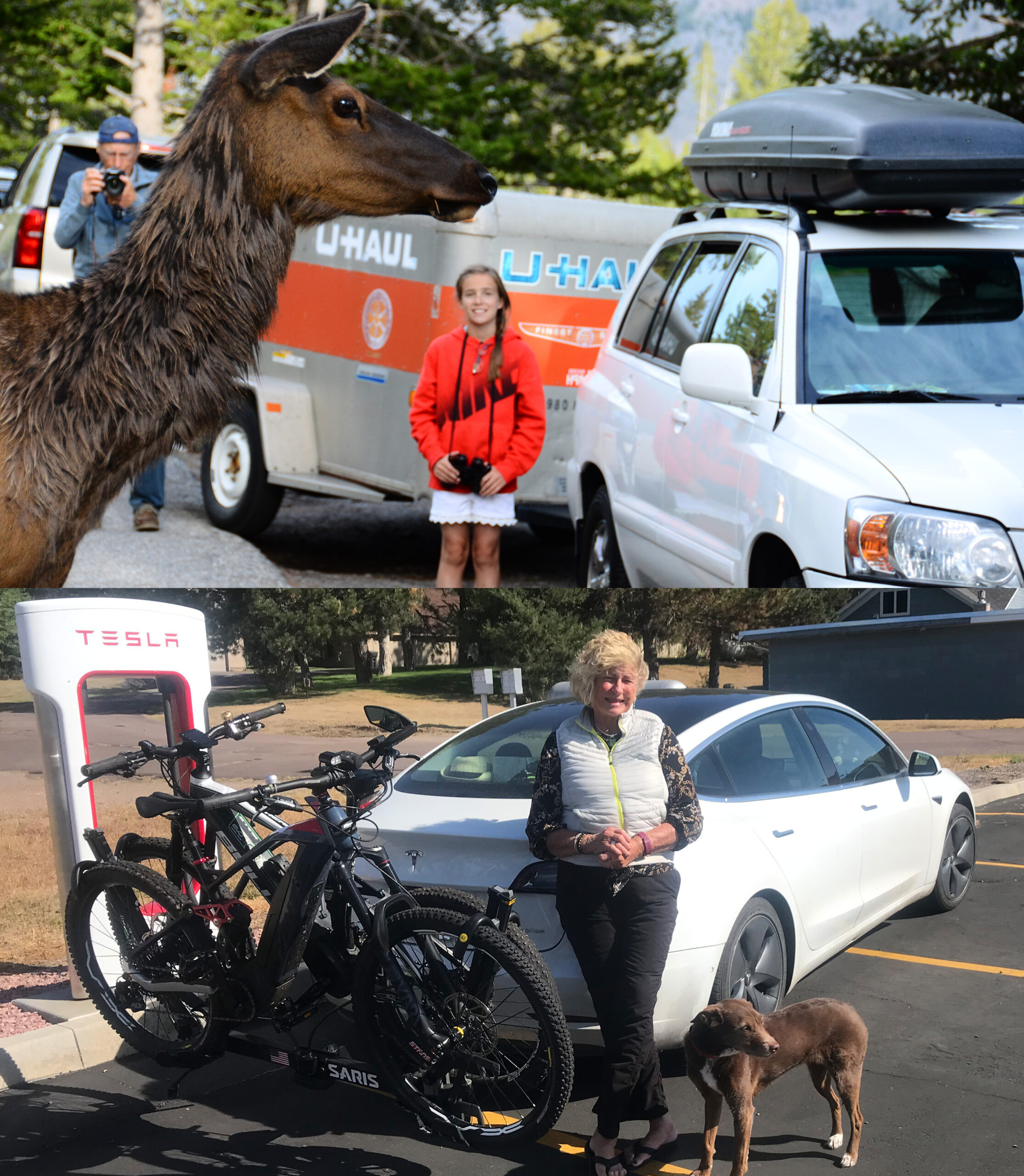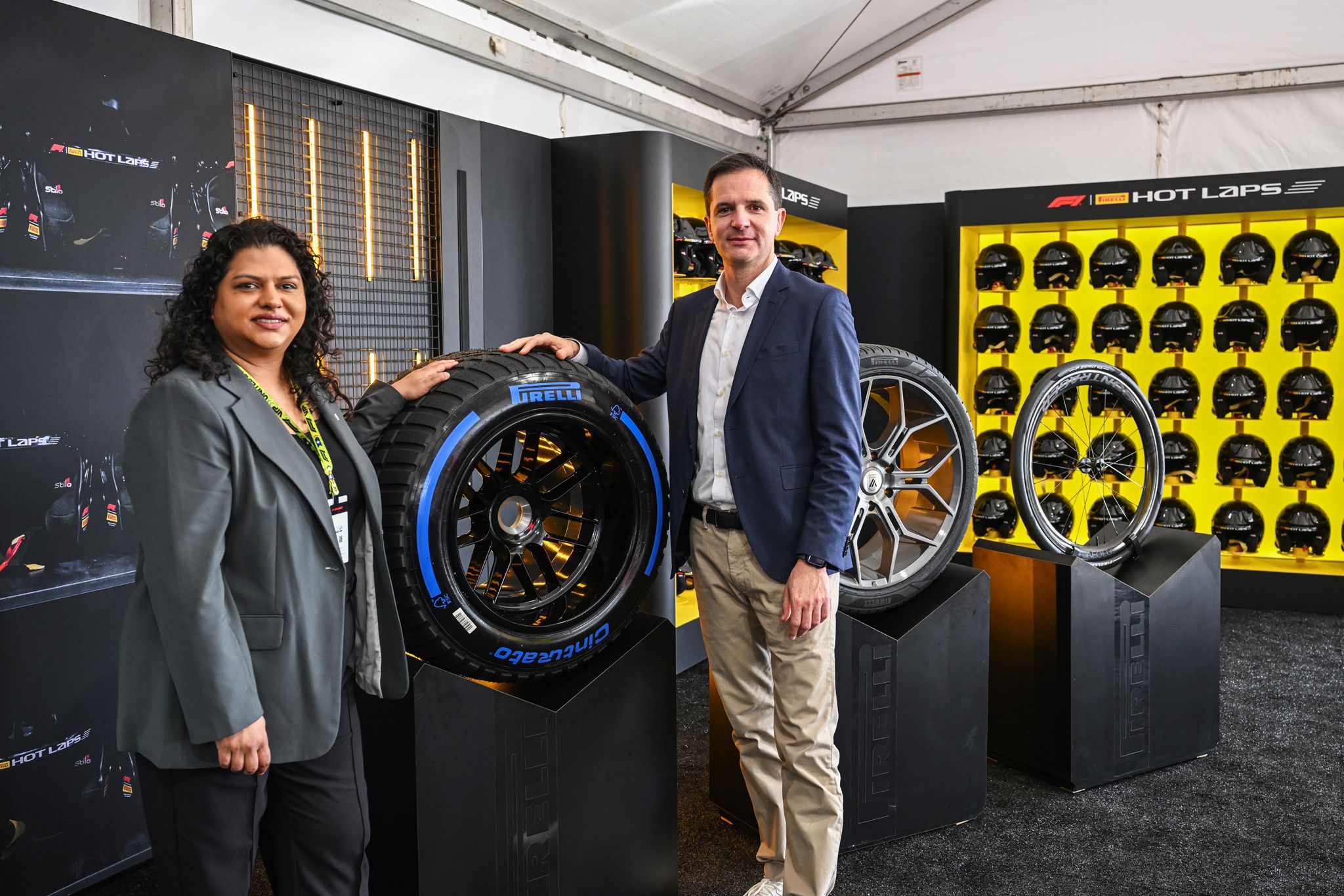Support CleanTechnica’s work through a Substack subscription or on Stripe.
A First-Hand Account Of VinFast’s Automotive Evolution
I’ve been fortunate enough to visit the VinFast manufacturing complex in Hai Phong twice — once in 2022, just after the pandemic and during its early EV transition, and again just last week, as part of a Philippine media delegation.
My dad was writing about VinFast as early as 2017 when the car company first announced the release of the LUX A2.0 and LUX SA2.0. These were internal combustion engine (ICE) models, based on BMW platforms, and used the N20 turbocharged engine. It was the company’s first attempt in car manufacturing.
Four years ago, my dad wrote this about VinFast: “Their strongest asset is not technology. VinFast is committed to being a global electric automaker. And the strongest asset it has in its possession to achieve this goal is the supercharged thinking and indomitable spirit of the people of VinFast, in particular, and those of VinGroup, in general.”
Now, that wasn’t a paid influencer blabbing what the script said. That came from an exposure to many years of car assembly and exposure to engineering, methods. techniques, and mostly, people. To me, that was a forecast, which to this day, despite of all the challenges the company faced, he still firmly believes in.
He adds, “I not only realize the people, the culture, but now the seemingly vast amounts of resources the VinGroup has.”
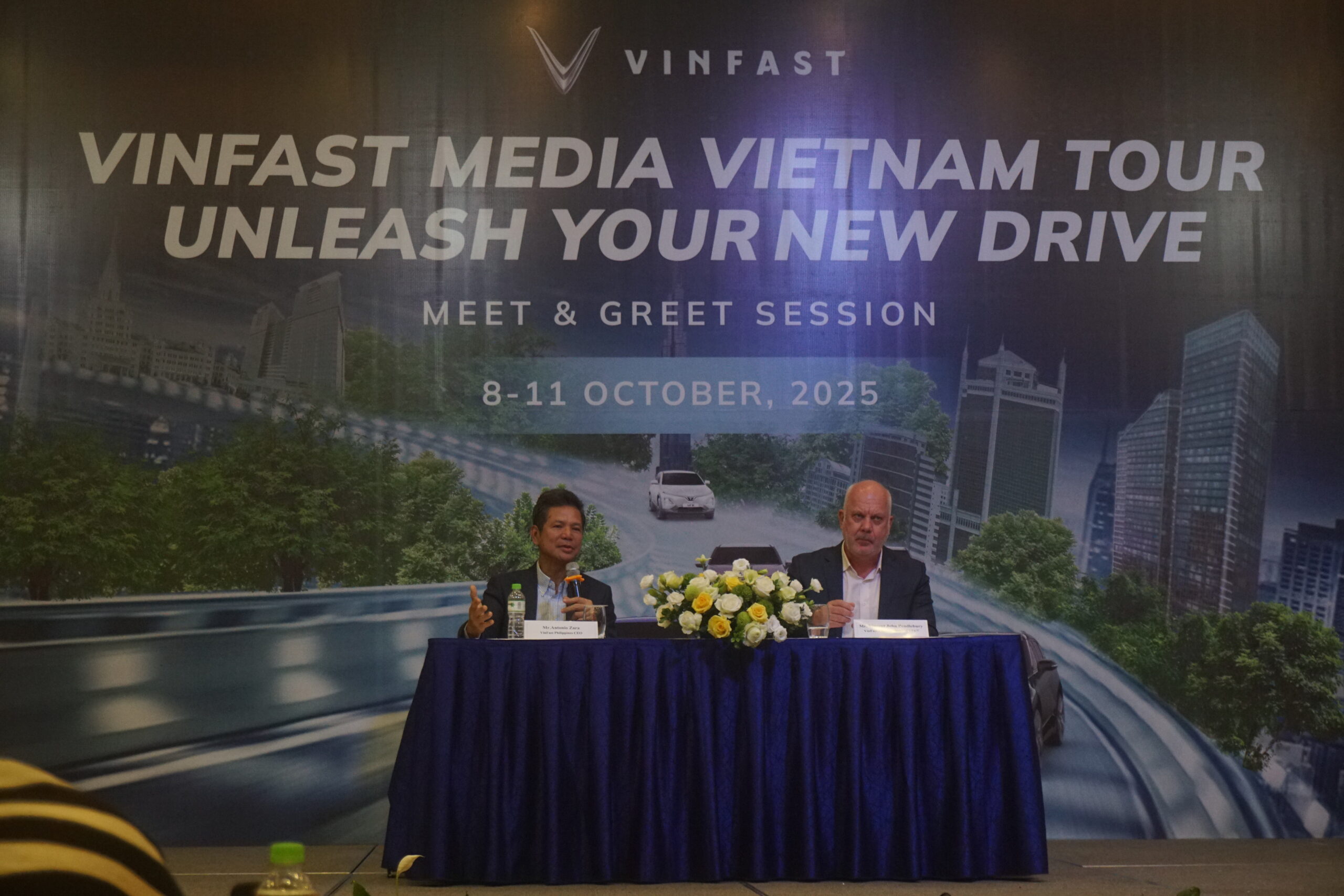
Three Tours So Far
That 2022 trip was the second for CleanTechnica. This is the third.
Kyle Field did the first one three years ago. I joined my dad, as we were still both writing for another newspaper. It was in 2022 when VinFast was ready to ship the first VF8s and VF9s to America. I recall him asking embarrassing questions to the executives of VinFast about the company’s readiness to export to the world’s toughest auto market.
That question was directed to then-VinFast CEO Madam Le Thi Thu Thuy about the company’s readiness to enter the US market, seemingly unprepared, and I asked, “why not instead focus on the Southeast Asian market first?” VinFast might have a better chance with their closer neighbors. “Probably an easier market to sell to.” Madam Thuy firmly replied saying, “we are up to the challenge of the US market,” and replying about the Asian market question, “we are coming to Asia and the Middle East, and the market will be ready. But we need to start the business in the US first.”
The difference between these three visits tells a story that goes far beyond production numbers or press releases. This is a story about the gap between ambition and execution, and what it takes to close it.
Impossible, Possible
Back then, the numbers still seemed impossible.
Ground broken in September 2017. Full production by June 2019. Just 21 months to transform 828 acres of land into a complete automotive manufacturing facility — press shop, paint shop, assembly lines, and engine shop fully operational. Prime Minister Nguyễn Xuân Phúc didn’t exaggerate when he called it a “miracle.”
When VinFast broke ground on that 335-hectare site, backed by Vingroup, Vietnam’s largest private conglomerate, they weren’t just building a factory. They were constructing a symbol of national aspiration, a physical manifestation of Vietnam’s determination to leap from manufacturing hub to innovation leader. With full government backing, including free land and generous tax incentives, VinFast delivered on a promise: the first high-volume Vietnamese-branded automobile.
From day one, the facility deployed cutting-edge automation, with thousands of robots from Siemens and ABB handling stamping, welding, painting, and assembly. It was, and remains, the only Vietnamese plant capable of complete, core vehicle production in Vietnam.
2022: Impressive Execution On A Steep Learning Curve
RGBT: My first visit to Hai Phong in 2022 left me genuinely impressed, but with reservations I couldn’t quite shake. The facility was undeniably spectacular: gleaming robots moving in choreographed precision, the scale of the operation, the obvious investment in world-class equipment.
As context, my many years as a motoring journalist exposed me to car factories worldwide. Volkswagen in Germany in the early 2000s, the Honda, Mitsubishi, Kawasaki, and Suzuki plants, Ford in Michigan and Corvette in Bowling Green, Chery, BYD, and SAIC in China.
Then working for Nissan, I’ve both observed activities at the now shuttered Murayama Assembly Plant, the Yokohama Engine Plant, the soon-to-be closed Oppama Plant (slated to close by the end of fiscal year 2027), the Tochigi Vehicle Assembly Factory and the Shonan Light Commercial Vehicle Plant. I’ve also immersed in the two Nissan Kyushu factories.
So what I saw at VinFast in 2022, looked and sounded right.
But something felt different from the Japanese plants I’d toured over the years. It wasn’t anything I could easily photograph or quantify. It was in the details, the invisible things that separate a factory with great equipment from a factory with great practice.
Walking into Hai Phong in 2025, just three years later, the difference was immediate and profound. This wasn’t just incremental improvement — it was a fundamental maturation. The plant that had impressed me with its ambition in 2022 now commanded respect with its execution.

Electrification Mystery To Mastery
In 2022, the battery operations were functional but derivative.
VinFast was essentially assembling battery packs from imported cells and modules — sophisticated Lego blocks from international suppliers being put together in Vietnam. The technical capability was there, but the facility felt more like a very advanced assembly line than a true innovation center.
The engineers were knowledgeable, the processes looked efficient, but there was a dependence on outside expertise that was palpable, answers to many questions often referenced partnerships with foreign suppliers rather than in-house development.
Fast forward to 2025. Since I was with my dad on the 2022 trip, I noticed the major shifts in production and what I can only describe as mastery. When I asked detailed questions about battery chemistry or thermal management innovations, they clearly assumed mastery, a shokunin (craftsman) level of knowledge.
I can only say that the battery complex we toured in 2025 was unrecognizable from 2022.
What had been primarily an assembly operation had evolved into a genuine innovation hub. VinFast engineers now design proprietary battery management systems in-house. The thermal management components are locally developed. Most strikingly, the company has begun developing its own battery chemistries in partnership with global technology leaders — but with Vietnamese engineers leading the work, not just observing it.
The integration is seamless: research labs sit adjacent to production lines, allowing the rapid prototyping and testing that marks true innovation. When I asked technical questions this time, the answers came with the confidence of people who had solved the problems themselves, not imported the solutions.
The quality control systems have been revolutionized. AI-driven inspection systems now detect microscopic defects that were invisible to the human eye. But more importantly, the culture has shifted from inspection-based quality to prevention-based quality — the systems are designed to make defects impossible, not just catchable.
Production capacity has expanded dramatically to support the plant’s ambitious target of 950,000 vehicles annually by 2026, but it’s the quality of that capacity that impressed me most.
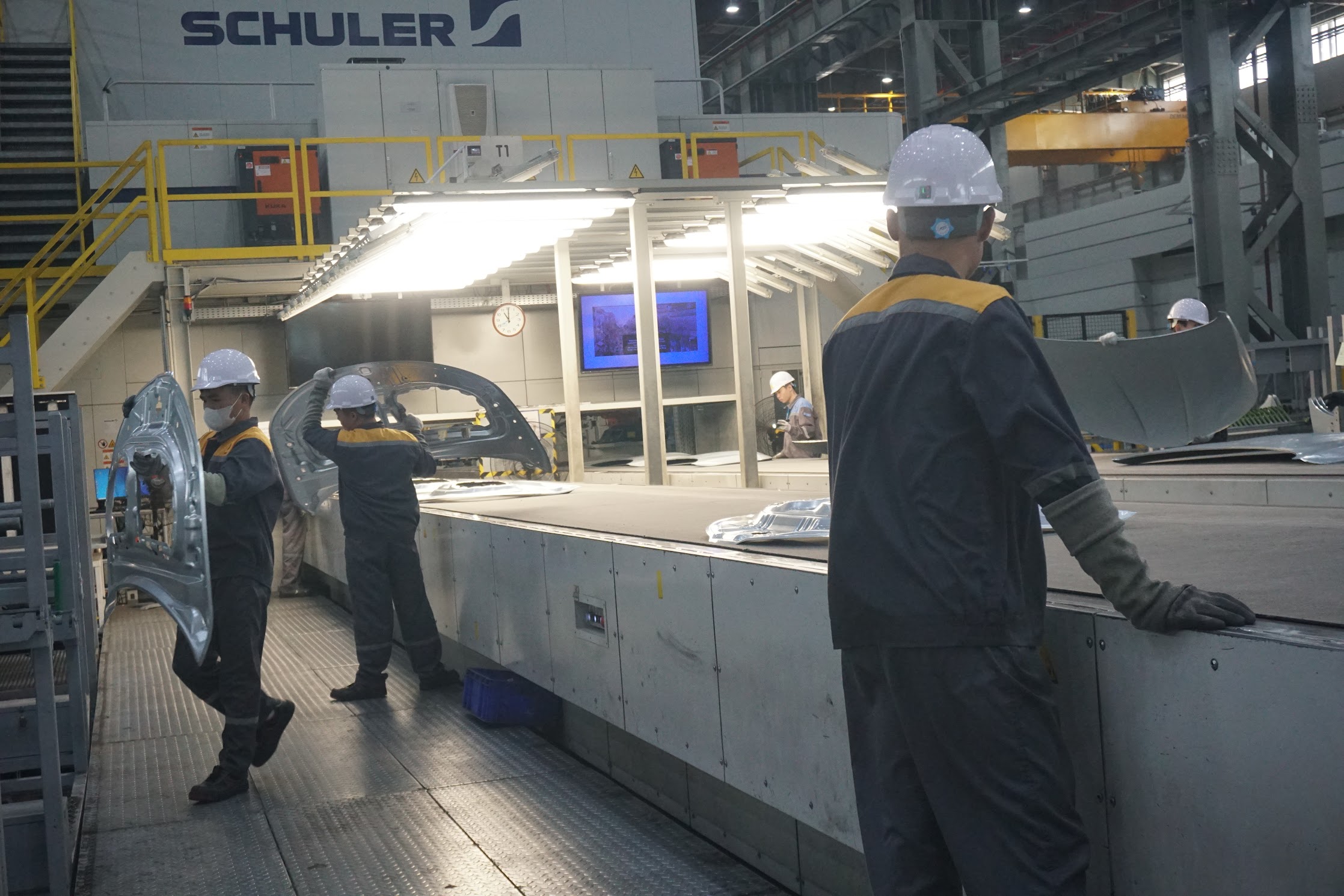
The Heavy Pressing
The stamping plant was perhaps where the gap between ambition and execution was most visible. The presses were modern, the robots impressive, and the speed was remarkable. But when you looked closely at the panels — really studied the surface quality, the consistency from part to part — you could see the difference between a plant that had been operating for three years versus one that had been perfecting its craft for three decades.
Panel gaps weren’t terrible, but they weren’t tight. Surface quality was acceptable, but you’d occasionally see minor imperfections that would never pass muster at a Lexus or Genesis plant. The quality control seemed to rely heavily on catching defects rather than preventing them — inspectors working hard, but the systems not yet mature enough to eliminate variation at the source.
More tellingly, there was a certain… tentativeness in how the plant operated. Not incompetence — far from it — but that particular kind of careful deliberation that comes before experience breeds instinct. The plant had the moves down, but it hadn’t yet made them muscle memory.
If the battery plant evolution was impressive, the stamping transformation was nothing short of remarkable. Every press has been recalibrated to tolerances measured in microns — the kind of precision I’ve only seen in German or Japanese facilities with decades of refinement.
The technician who guided us through the stamping plant didn’t just show us the process, he demonstrated the obsession with precision that now permeates every operation. Fresh body panels are inspected with an intensity that borders on paranoid. Advanced vision systems compare each stamped panel in real-time against perfect CAD models, with AI algorithms identifying variations invisible to human inspectors.
But the real change isn’t the technology — it’s the philosophy. In 2022, quality control was something that happened at inspection stations. In 2025, quality is built into every stage of the process. Die management systems ensure perfect temperature and lubrication for every press strike. Statistical process control methodologies borrowed from aerospace manufacturing mean variation isn’t just minimized — it’s engineered out.
The panels coming off the line in 2025 would look at home in any premium vehicle in any market. The fit-and-finish that was merely acceptable in 2022 is now genuinely excellent. The gap has closed.
Learned: Kaizen
What the plant lacked in 2022 wasn’t technology or investment. At the Japanese plants I visited, you see decades of accumulated learning embedded in countless small optimizations. A tool placed just so. A workflow refined through thousands of iterations. The institutional knowledge that turns good processes into great ones.
Hai Phong in 2022 had implemented best practices wholesale, but it hadn’t yet earned them through experience. The plant was running before it had fully learned to walk.
Here is more context. When working for Chery, I visited the Wuhu plant in 2012 and felt this same “kaizen learning” that I felt at VinFast then. But according to Deriq, this has all changed.
It is kaizen (改善) or “change for the better” or even better, “continuous improvement.” This is a culture I was enveloped in for many years.
Kaizen, I found out, doesn’t happen overnight. It is a long-term approach to systematically improving every process within an organization — from manufacturing and supply chain to office procedures and management — by focusing on small, incremental changes rather than large, radical transformations.
Walking the production floor in 2025, I finally saw what had been missing in 2022: practice. Practice makes kaizen. Not just procedures being followed, but mastery being demonstrated. The hesitation was gone, replaced by the fluid confidence that comes from having done something thousands of times and learned from every repetition.
The Japanese and Korean plants I’d used as mental benchmarks? Hai Phong is now operating at that level. The movements are economical, the workflows optimized, the quality consciousness embedded rather than enforced. The plant has earned its professionalism through three years of relentless improvement.
The Culture Of Immediate Action
What drove this transformation became clear when VinFast executives shared Chairman Pham Nhat Vuong’s philosophy: “If something’s wrong, fix it immediately.”
This isn’t just a slogan — it’s how the entire operation functions. When our delegation test-drove the VF3, VF6, and VF9 on the company’s proving grounds, the engineers actively encouraged us to push the vehicles hard and provide brutally honest feedback. Compared to the 2022 event, this time it is not the carefully managed experiences typical of automotive press events, but genuine openness to criticism.
One executive told us how, when US customers reported software issues, Chairman Vuong ordered an immediate investigation. Within six months, the problems were fully resolved — an extraordinary turnaround that would be impossible at traditional automakers with their layers of bureaucracy and quarterly planning cycles.
This urgency, once channeled purely into speed of construction, has been redirected into speed of improvement. The same intensity that built the plant in 21 months now drives its daily refinement.
The Ecosystem Advantage
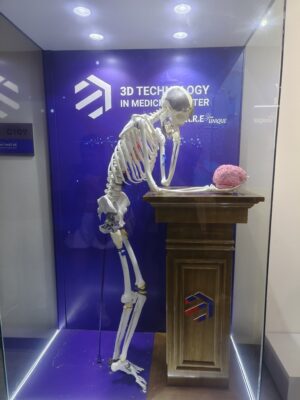
What distinguishes Hai Phong isn’t just the facility itself — it’s how it integrates into Vingroup’s broader ecosystem. Our delegation visited VinUniversity, where partnerships with Cornell, the University of Pennsylvania, and Nanyang Technological University ensure world-class education is feeding talent directly into the plant.
The proximity of VinMec Smart City Hospital, with its AI-driven diagnostics and robotic systems, creates unexpected synergies. Medical-grade precision manufacturing techniques migrate to automotive applications. The obsessive attention to cleanliness and contamination control in healthcare environments has elevated factory floor standards.
This interconnection of education, healthcare, and manufacturing creates a self-reinforcing cycle of innovation that few automakers can replicate. It compounds over time, and in 2025, the compounding is clearly visible.
From Real Estate To Manufacturing, Education, & Medicine
The VinFast Hai Phong plant’s journey from 2022 to 2025 mirrors the broader maturation of Vietnam’s industrial ambitions. The country that shocked the world by building an automotive plant in 21 months has now demonstrated something potentially more impressive: the ability to close the execution gap with established industry leaders in just three years.
Hai Phong was a testament to what money, determination, and modern equipment could accomplish quickly. Impressive, but unproven. It was in April 2022 that VinFast announced it would drop ICE production and focus entirely on developing and manufacturing electric vehicles. That was a clear strategy. They knew what they were up to.
In 2025, it’s a demonstration of what happens when that initial investment is combined with obsessive continuous improvement, cultural commitment to quality, and the wisdom to learn from every mistake. The plant hasn’t just caught up to Japanese, German and Korean standards — in some areas, particularly the integration of AI-driven quality control and the speed of innovation cycles, it’s pushing new boundaries.
The facility’s target of 950,000 vehicles annually by 2026 no longer seems like wishful thinking. Standing on the production floor, watching panels stamped to micron-level precision, batteries assembled with pharmaceutical-grade quality control, and vehicles tested by engineers who genuinely want to hear criticism, the number feels achievable.
The miracle isn’t just that VinFast built Hai Phong in 21 months. The miracle is what they’ve built in the three years since — not just additional capacity, but genuine mastery. From the robotic assembly lines to the battery innovation labs, from the precision stamping presses to the test tracks where engineers welcome our harshest feedback, Hai Phong has evolved from a symbol of ambition into proof of capability.
Vietnam isn’t just aspiring to compete in global automotive manufacturing anymore. With the professionalism and practice now evident at Hai Phong, it has arrived.
And perhaps most impressive: they’re still accelerating.
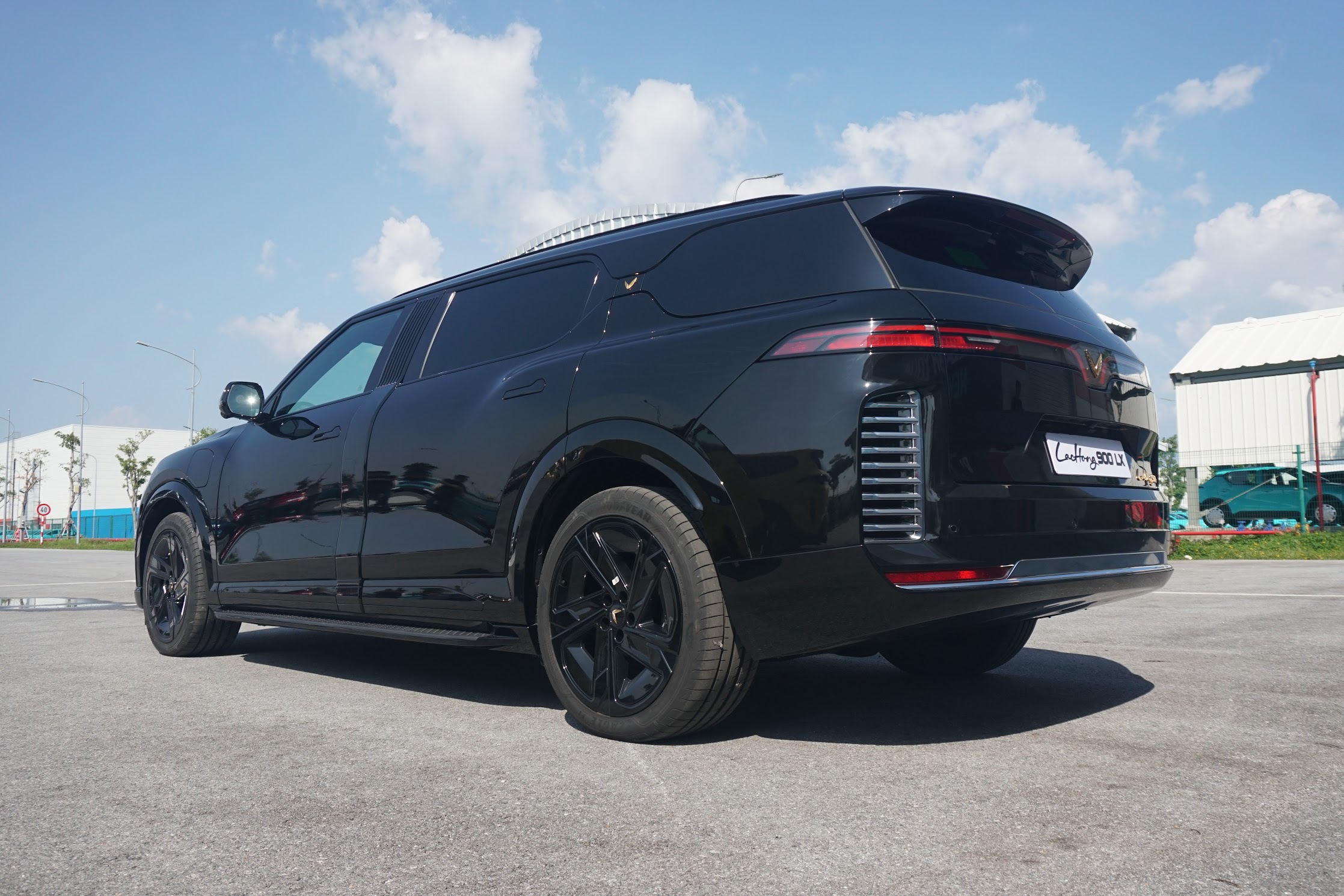
This story was mostly written by Deriq Bernard E. Tribdino, with inputs from Ysabelle Bianca Fernandez who covered the VinFast Familiarization Tour last October 14 for me. I put my inputs in italics. — Raymond
Sign up for CleanTechnica’s Weekly Substack for Zach and Scott’s in-depth analyses and high level summaries, sign up for our daily newsletter, and follow us on Google News!
Have a tip for CleanTechnica? Want to advertise? Want to suggest a guest for our CleanTech Talk podcast? Contact us here.
Sign up for our daily newsletter for 15 new cleantech stories a day. Or sign up for our weekly one on top stories of the week if daily is too frequent.
CleanTechnica uses affiliate links. See our policy here.
CleanTechnica’s Comment Policy


